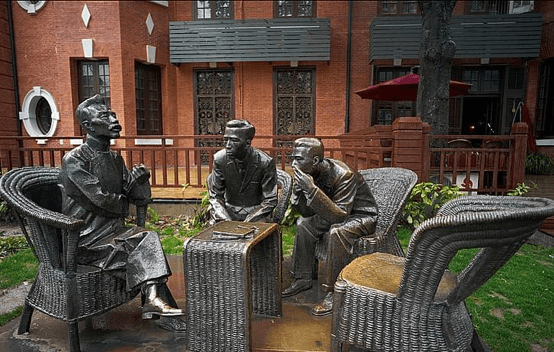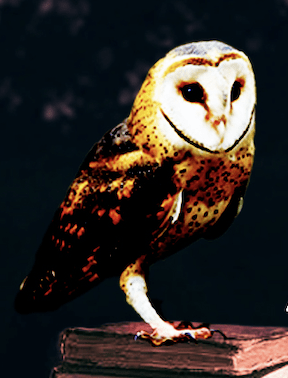Tag Japan
By guest contributor Joshua Fogel Several years ago, I was invited to give a paper at a workshop organized by graduate students at University of California, Berkeley. The topic was friendship in East Asia—with no specified time period or country… Continue Reading →
By guest contributor Christopher B. Lowman If you have a smart phone handy, take a look at your phone application icon: when was the last time you saw a receiver shaped like that? Even the language associated with phones reflects… Continue Reading →



